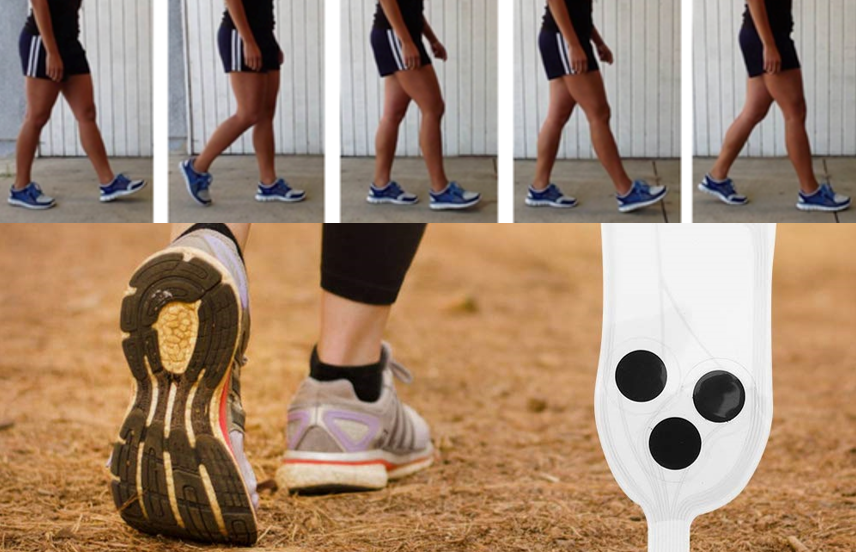N.B. Nair
New Delhi (ISJ): Unstable walking or standing balance leads to bone fractures, especially in elderly. Postural deformation in the spine and lower leg joints is also considered to have an effect on standing balance.
The most prominent among postural deformities include splay foot, flat foot, unstable hind foot with protruding heels, high arches, and irregular gait. These are directly associated with poor body balance, abnormal posture, swollen knees, and joint weaknesses.
Monitoring of these deformities provides valuable clues to the underlying recovery process or detect medical conditions to accelerate patient recovery and avoid any long-term harm.
Researchers at IIT Delhi have developed a scalable, wearable pressure sensor, based on a nanocomposite material. It has a unique combination of light-sensitive polymer and piezoelectric nanoparticles, which helps pixelated sensing over a large area, simple process flow and low-cost implementation for movement monitoring and injury rehabilitation.
The study titled Machine Learning Assisted Hybrid Transduction Nanocomposite Based Flexible Pressure Sensor Matrix for Human Gait Analysis was carried out by research scholars Nadeem Tariq Beigh and Faizan Tariq Beigh, and Prof. Dhiman Mallick of the Department of Electrical Engineering at IIT Delhi.
The study found the sensor fully flexible that can be designed to fit into varying sizes of insoles. It can also be easily attached to the palm or any body part where localized pressure sensing can be useful. The use of dual transduction nanocomposite material allows concurrent sensing of mechanical strain and contact force/pressure that helps in easy integration with current Machine Learning algorithms by providing higher feature elements.
“The integration of sensors and Machine Learning lead to the invention of intelligent sensors for cutting-edge technologies in fields like healthcare, sports science, defense etc. During the number of tests that we conducted in our laboratory, we found the proposed sensor can potentially help detect foot problems in adults and children by analyzing pressure variation on the back end of the foot and converting it into electrical output,” said Dr Dhiman Mallick, lead researcher and Assistant Professor at Electrical Engineering Department, IIT Delhi.
The sensor-generated output is analysed by conventional Machine Learning models and linked to a person's walking behaviour. By comparing the pressure patterns to those of pre-defined patterns of a normal person, clinical specialists can conclude the type of deformity.
“The resulting pressure patterns can aid doctors and specialists in designing custom insole that balance out the foot deformity by supporting regions of the foot showing abnormal pressure distribution,” explained Dr Mallick. “The sensor can potentially provide an easy, low-cost alternative to expensive footwear modifications, surgeries, and posture correction accessories.”
The sensor can also help understanding different human activities like walking, running, or doing something else by feeling the pressure changes in user’s hind foot. The sensor considers the variability of foot pressure during biomechanical movements, which helps it to correlate each pressure pattern to a given activity.
This has varied applications in smart healthcare systems where the activity pattern, exercise intensity, number of steps, etc., form important parameters for critical health analysis in people with diabetes, obesity, etc. Additionally, the sensor can be helpful for detection in elderly, especially for patients with Parkinson's disorder or who are disabled.
With its application diversity, the sensor can be used for in-house smart devices and overcome challenges in the current state-of-the-art sensor technologies. The scope of the sensor is immense, and its technological footprint can cover agriculture, healthcare, energy sector, industries, sports, etc.
Source: IIT Delhi
Image: Representative Purpose only


